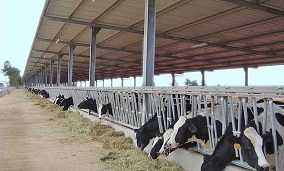What are the control measures for welding cracks in thick steel plate structures?

The control measures for welding cracks in thick steel plate structures primarily focus on material selection, welding process parameters, preheating and tempering treatments, cooling rates, and other aspects.
Specifically, they include the following points:
Selection of suitable welding materials: Based on factors such as the properties of the welding materials, strength requirements, and operating environment, welding materials with appropriate chemical compositions and mechanical properties should be chosen to ensure the quality and reliability of the welded joints.
Control of the chemical composition of the weld: Reducing the content of elements prone to segregation in the base metal and welding materials, such as sulfur and phosphorus, as well as reducing the carbon content in steel, can decrease the tendency for hot cracking. Simultaneously, increasing the Mn content can enhance the weld's resistance to hot cracking.

Control of welding process parameters and conditions: Reasonably controlling the welding current and welding speed ensures that the width-to-depth ratio of the upper section of each weld bead falls within an appropriate range, thereby improving resistance to hot cracking. Additionally, controlling the shape of the welding pool to avoid forming pointed, elongated pools that are prone to cracking is crucial.
Preheating before welding and tempering after welding: Preheating before welding can reduce the tendency for crack formation by slowing down the cooling rate of the material and reducing welding residual stresses. Tempering after welding can also help eliminate residual stresses and reduce the probability of crack formation.

Rational arrangement of welding sequences: Adopting a reasonable welding sequence allows most welds to be welded under lower restraint, which reduces the tensile stress experienced during weld contraction and, consequently, the tendency for hot cracking.
Furthermore, special welding methods such as gas-shielded welding can be employed. This method utilizes a protective gas to form a local protective layer around the arc, preventing the intrusion of harmful gases and ensuring the stability of the welding process.



